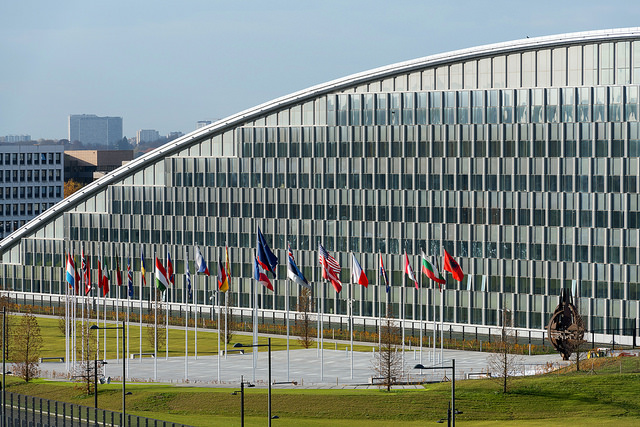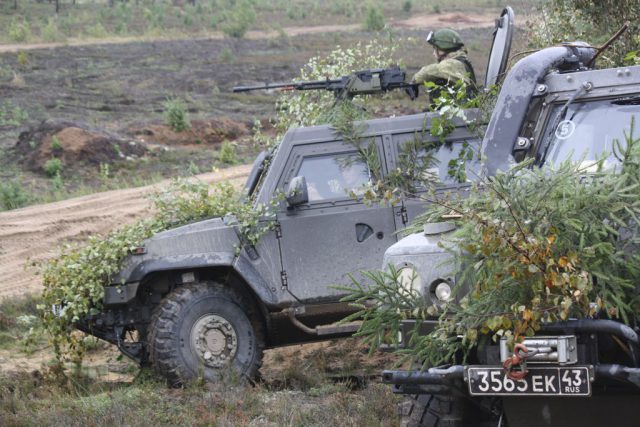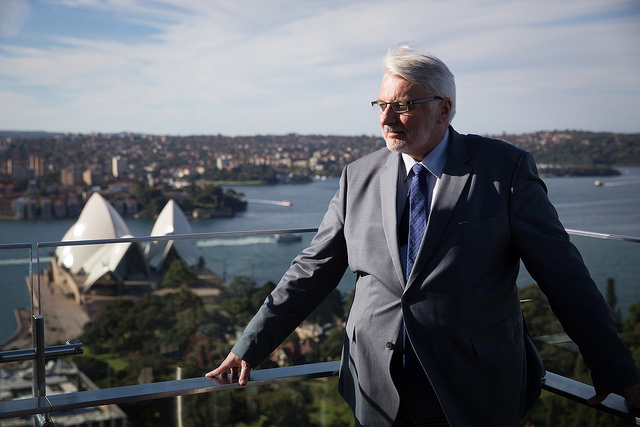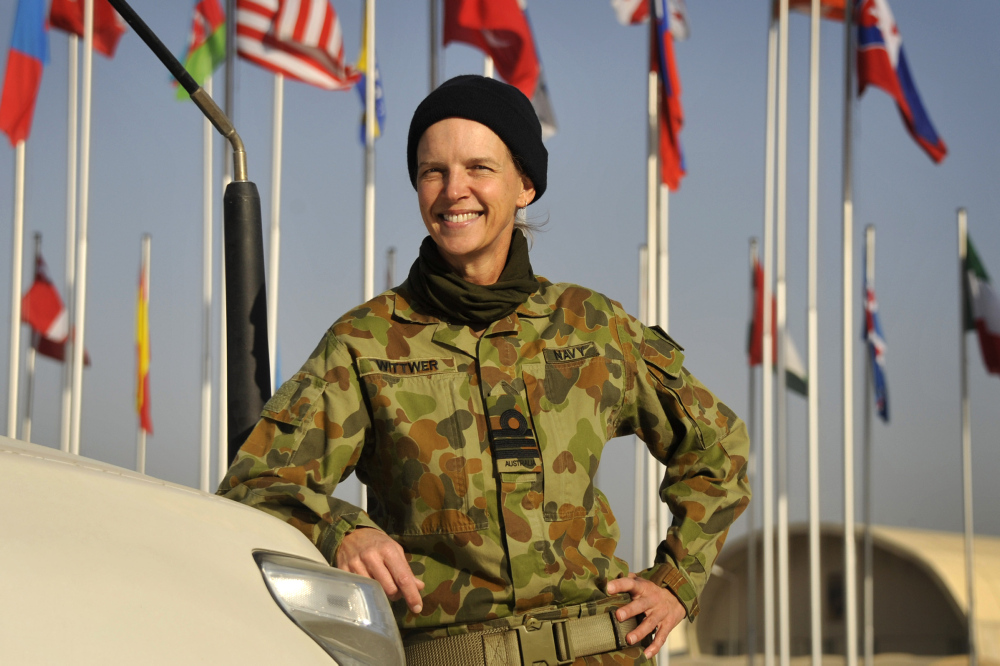Post-Frisco: misshapen deterrence

A fractious NATO summit—including, apparently, an implied threat by President Donald Trump to leave the alliance—shows it’s not too early to be thinking about a post-alliance future. So in this post, I intend to unpack some thoughts about the future shape of nuclear deterrence in Asia. If the US hub-and-spoke alliances in Asia were to fall over, who would be the principal nuclear actors in Asia, and what would be the effect on nuclear proliferation?
Australians appreciate the enormous value of the ANZUS alliance, but some of them, at least, imagine that extended nuclear deterrence—the doctrine under which the US agrees to run nuclear risks on behalf of its allies—is now, like the weapons themselves, an artefact of a bygone world, the loss of which can comfortably be borne in an era of cyberwar and precision strike.
Well, let’s scrape the current extended nuclear deterrence commitments off the strategic map and look at it afresh. With Trump shying away from costly commitments—and remember he cancelled the US–South Korean exercises ostensibly because of the expense involved—what would the pattern of residual nuclear deterrence look like?
China, the rapidly rising regional power, would still deploy a nuclear arsenal—an arsenal of growing sophistication though relatively constrained in its size. So too would Russia, and it has a considerably bigger arsenal than China, and more practice in leveraging its nuclear capabilities for diplomatic and strategic gain.
On the subcontinent, India and Pakistan would remain as nuclear-weapon states, although neither is formally accorded that status under the NPT (which recognises only the P5 members as fitting into that category). Pakistan relies on its nuclear weapons to offset Indian conventional superiority. India, meanwhile, hopes its smaller nuclear arsenal will deter Pakistan from crossing the threshold, while simultaneously offsetting China’s conventional superiority.
And we mustn’t forget North Korea, of course: even if Kim Jong-un is attempting to set his country on a new trajectory, he’s unlikely to be giving away all his nuclear weapons anytime soon.
So China, Russia, India, Pakistan and North Korea would be the nuclear-armed players on the Asian chessboard. True, the US would remain a nuclear power, and a strong one at that. But its priority would be central deterrence (defence of the US homeland) rather than the protection of former allies. America first, right?
It’s not a pretty picture. Of the five remaining regional nuclear-armed countries, three are authoritarian states, two of which are great powers keen to revise the international order. By contrast, only one—India—could really be called a democracy, and its strategic history is one of non-alignment. It’s difficult to describe Pakistan’s system of governance, but however we do so, nuclear command and control seems to lie with the armed forces rather than the civilian government.
A collapse of NATO would still see Britain and France, two advanced Western democracies, remain as European nuclear powers. But there are no comparable nuclear-armed regional Western democracies in Asia. Putting it bluntly, a post-San Francisco strategic order would bring us face-to-face with an unpleasant truth—that nuclear weapons in Asia are, in fact, distributed in ways that would reinforce the looming regional power shifts rather than help to offset them.
Frankly, that maldistribution of nuclear capabilities would be a first-order strategic problem for a range of regional countries. Japan, South Korea and Australia—all the beneficiaries of previous US extended nuclear assurances—would sense a new vulnerability in their strategic environment. But so too would other states, like Indonesia, Singapore, the Philippines and Vietnam, all of whom previously derived a set of second-order benefits from the nuclear ‘presence’ of the US in the region.
Today, US extended nuclear deterrence is a background feature of the current regional security environment. That’s appropriate, because nuclear weapons in general have tended to be less prominent in Asian strategic relationships than elsewhere. China, for example, doesn’t typically resort to nuclear coercion to get its way. But the collapse of the US alliances would elevate the question of nuclear weapons to the forefront of regional thinking.
No other state could replicate the current US system. Authoritarian nuclear powers wouldn’t be acceptable guarantors of the security of advanced democracies. And no other non-authoritarian nuclear power possesses a nuclear arsenal sufficiently large and diverse to be able to carry the weight of protecting other countries’ core interests as well as its own, let alone the strategic disposition to do so.
True, Britain and France both carry some of the weight of nuclear deterrence in Europe, but that’s because their national strategic redlines are tied to their immediate region. Nuclear balancing in Asia would be a bridge too far for both of them.
And that leaves only a set of unpalatable options for countries like Japan, South Korea and Australia. They can either head down the path of developing indigenous nuclear arsenals, or they can attempt to dilute the advantages that nuclear weapons confer—advantages which would otherwise accrue to a set of states that did not wish them well.









